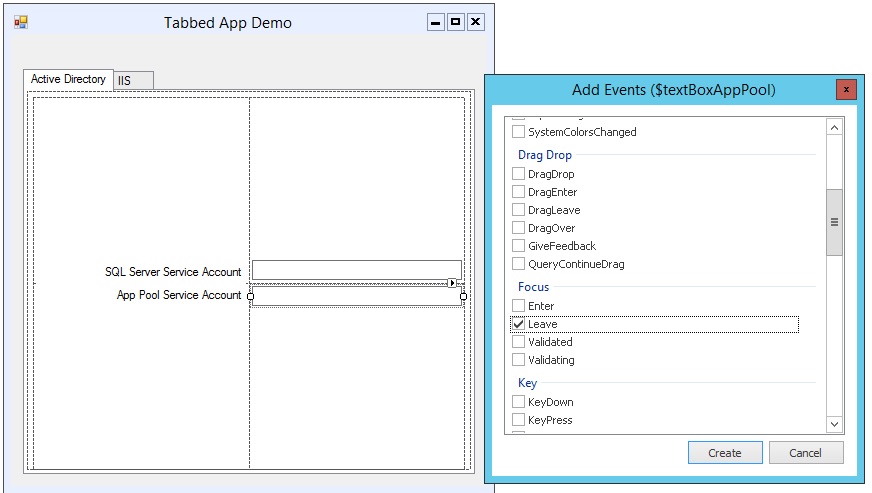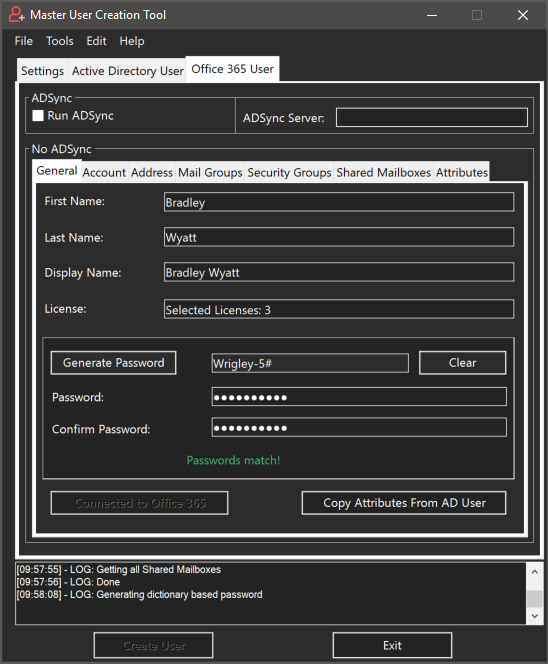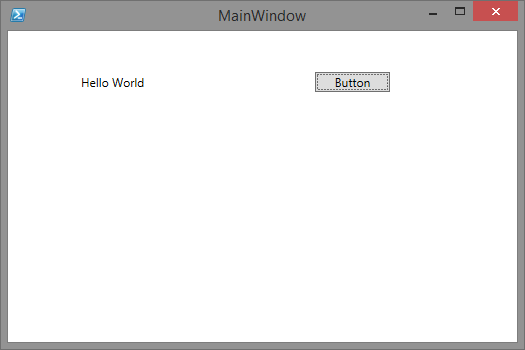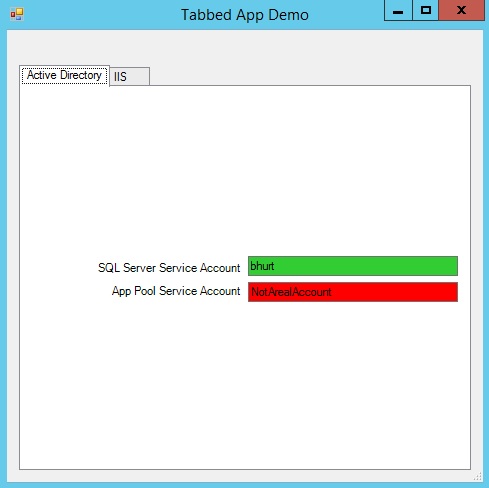

- SAPIEN POWERSHELL STUDIO ADDINGA BUTTON TO FORM HOW TO
- SAPIEN POWERSHELL STUDIO ADDINGA BUTTON TO FORM UPDATE
- SAPIEN POWERSHELL STUDIO ADDINGA BUTTON TO FORM FULL
- SAPIEN POWERSHELL STUDIO ADDINGA BUTTON TO FORM FREE
- SAPIEN POWERSHELL STUDIO ADDINGA BUTTON TO FORM WINDOWS
#If it isn’t a parameter then set it as the value $value = $param $index ++

StartsWith( $ParamIndicator ) -ne $true ) #Check if the next Argument is a parameter #Clear the values $key = "" $value = "" if ( $param. $Params = Parse-Commandline $CommandLine for ( $index = 0 $index -lt $Params. The new function no longer requires you to call the Parse-Commandline function beforehand and thus it was renamed to Convert-CommandLineToDictionary to reflect these changes. Therefore, the function was updated so the Dictionary is passed to the function as a reference instead of being returned via the pipeline. The original Convert-ArgumentsToDictionary function is no longer valid since PowerShell converts the Dictionary to an array when you return the object down the pipeline. This article’s example uses PowerShell Studio 2012, but it is also applicable to PrimalScript 2012.
SAPIEN POWERSHELL STUDIO ADDINGA BUTTON TO FORM HOW TO
The article will also cover how to simulate the packager parameters so that you can test your script without having to package it each time.
SAPIEN POWERSHELL STUDIO ADDINGA BUTTON TO FORM UPDATE
In this article we will revisit this subject and update the functions introduced in the previous article. The original The Packager and Command line Arguments blog article discussed how to pass parameters to a packaged executable.
SAPIEN POWERSHELL STUDIO ADDINGA BUTTON TO FORM WINDOWS
Technorati Tags: PowerShell Studio, PrimalScript, SAPIEN, Windows PowerShell Don’t delay as attendance is capped at 200!
SAPIEN POWERSHELL STUDIO ADDINGA BUTTON TO FORM FREE
Please take a moment to look at the Toolkit as it contains lots of free software, ebooks, training videos, and script samples-lots and lots of resources for both the PowerShell novice and expert. We have donated software, ebooks, and training videos for raffles that the organizers of this event will hold but Ferdinand will be giving away one copy of PowerShell Studio 2012 at his table, so definitely come by there and get in the running.Īll attendees will receive our world-famous PowerShell Toolkit as well as literature about our PowerShell related products in their goody bags. They will also have an Iron Scripter competition for those brave enough to put their skills to the test!Īs a gold sponsor of the event, we will have a table, so please come by, say hello to Ferdinand, and see what’s new in the SAPIEN world. In addition to attending the sessions, you will be able to interact with 200 (well, 199) other professionals over lunch and during the breaks.
SAPIEN POWERSHELL STUDIO ADDINGA BUTTON TO FORM FULL
Join Ferdinand Rios, CEO of SAPIEN Technologies, in Alpharetta, Georgia, for a full day of PowerShell-ness! PowerShell Saturday #3 will take place on October 27 and will bring together 200 developers, network administrators, and IT professionals for 15 intense sessions on hot PowerShell-related topics such as PowerShell and WMI, Windows 8, SQL Server, and Exchange 2000, among others. Technorati Tags: 2012, Debugging, modules, powershell, PowerShell Studio Now the debugger will respond to break points located in the module files:Īs you can see, these new features help facilitate the module creation process for any user. Next, debug the test script using the “Debug with Multiple Files” option and select the module files that you wish to debug. If you need to debug a module that doesn’t have a project, you can utilize PowerShell Studio’s new “Debug with Multiple Files” option.įirst open the test script and the module files using PowerShell Studio. Any trace points and break points contained within the project files will be triggered by the debugger and mapped to the appropriate files:


When debugging a module project, PowerShell Studio will build and export the module then execute the Startup Script. Go to the Property Panel and edit the Startup Script property: Select the project node in the Project Panel:Ģ. To change the Startup Script, follow these simple steps:ġ. In addition, you have the option to change the Startup Script in the project’s properties. The Startup Script will be stored by the module project so you don’t have to select the script every time you wish to test the module. Therefore, it’s important that you explicitly import the module in the script: This Startup Script will be used by PowerShell Studio as an entry point to run or debug the module project. When debugging (F4) or running (Ctrl + F4) a module project for the first time you will be asked to select a Startup Script: You now have the ability to execute and debug a module project directly from the IDE (Supported in PowerShell Studio 2012 v3.1.9 and up). PowerShell Studio now makes it easier to debug and run your module projects.


 0 kommentar(er)
0 kommentar(er)
